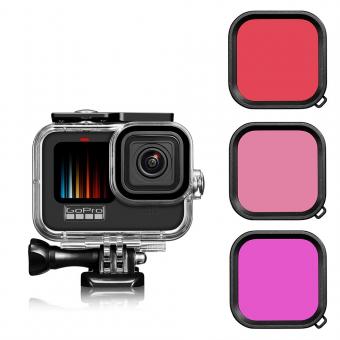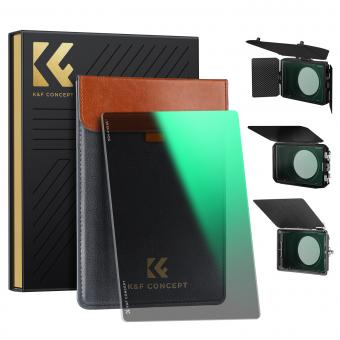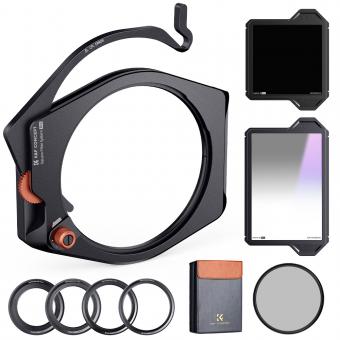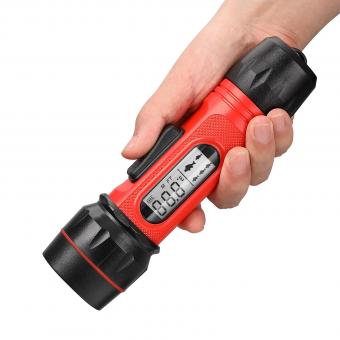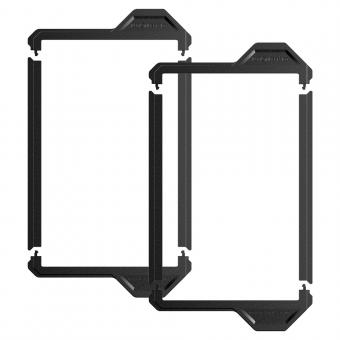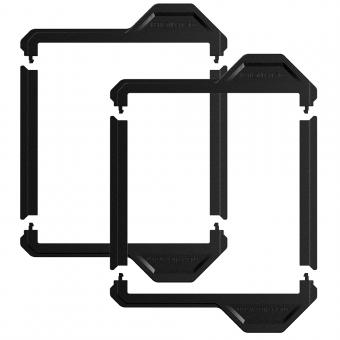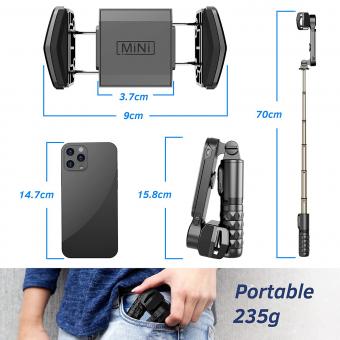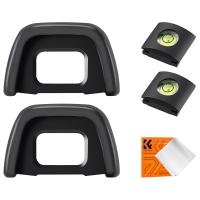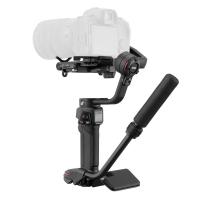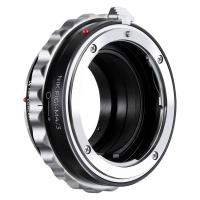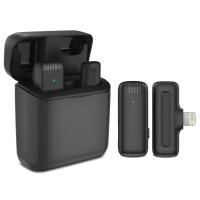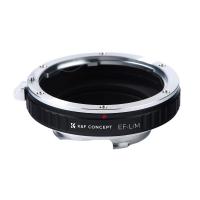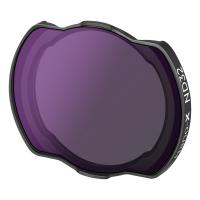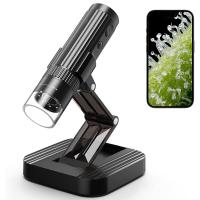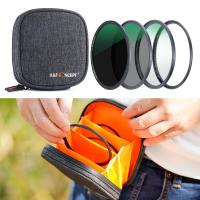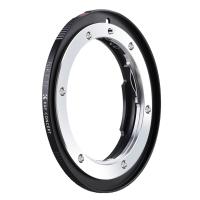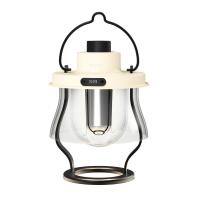How Many Square Feet Is My Pool Filter ?
The square footage of a pool filter can vary depending on the specific model and size. It is recommended to refer to the manufacturer's specifications or product manual for accurate information regarding the square footage of your pool filter.
1、 Pool filter size: Determining the square footage for optimal filtration.
Determining the square footage of your pool filter is crucial for optimal filtration and maintaining the cleanliness of your pool water. The size of your pool filter is directly related to the efficiency of the filtration process, as it determines the amount of water that can be effectively filtered at any given time.
To determine the square footage of your pool filter, you need to consider the size of your pool and the flow rate of your filtration system. The square footage refers to the surface area of the filter media, such as sand, cartridge, or diatomaceous earth, which is responsible for trapping and removing impurities from the water.
The general rule of thumb is that for every 10,000 gallons of pool water, you should have approximately 1 square foot of filter area. However, this is a rough estimate and may vary depending on factors such as the type of filter media used and the specific requirements of your pool.
It is important to note that undersized filters can lead to poor water quality and increased maintenance, as they may struggle to keep up with the filtration demands of your pool. On the other hand, oversized filters may result in unnecessary energy consumption and higher costs.
To ensure optimal filtration, it is recommended to consult with a pool professional or refer to the manufacturer's guidelines for your specific pool filter model. They can provide you with accurate information on the square footage required for your pool filter based on its design and your pool's specifications.
In conclusion, determining the square footage of your pool filter is essential for maintaining clean and clear pool water. By ensuring that your filter is appropriately sized, you can enjoy a well-functioning filtration system that effectively removes impurities and keeps your pool water sparkling.
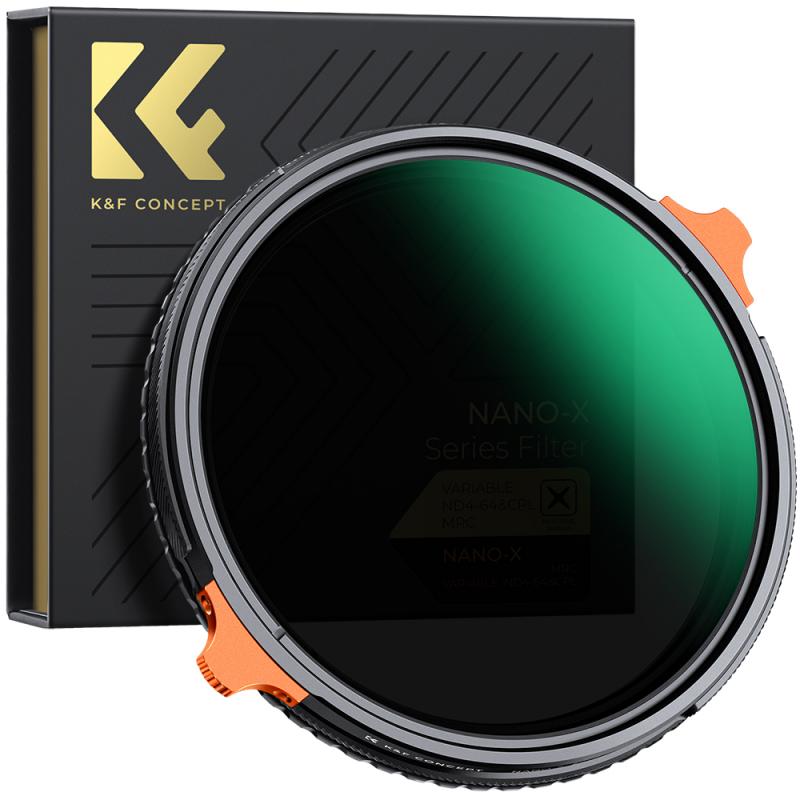
2、 Calculating pool filter area: Understanding the square footage requirements.
Calculating pool filter area: Understanding the square footage requirements
Determining the square footage of your pool filter is crucial for maintaining clean and clear water in your swimming pool. The size of the filter is directly related to the efficiency of the filtration system, as it determines the amount of water that can be effectively filtered at any given time.
To calculate the square footage of your pool filter, you need to consider the size of your pool and the flow rate of your filtration system. The general rule of thumb is that for every 10,000 gallons of water in your pool, you should have 1 square foot of filter area. However, this is just a guideline, and other factors such as the type of filter and the bather load should also be taken into account.
Different types of filters have different square footage requirements. For example, sand filters typically require larger surface areas compared to cartridge filters. Additionally, if you have a high bather load or live in an area with heavy debris, you may need a larger filter to handle the increased demand.
It is important to note that the square footage of the filter should not be confused with the physical dimensions of the filter unit. The square footage refers to the surface area of the filter media inside the unit, which is responsible for trapping and removing impurities from the water.
To determine the square footage of your pool filter, consult the manufacturer's specifications or contact a pool professional who can assist you in selecting the appropriate filter size for your specific needs. They will take into consideration factors such as pool size, flow rate, and any additional requirements to ensure optimal filtration.
In conclusion, calculating the square footage of your pool filter is essential for maintaining a clean and healthy swimming pool. By understanding the square footage requirements and considering factors such as pool size, flow rate, and bather load, you can ensure that your filtration system is efficient and effective in keeping your pool water crystal clear.
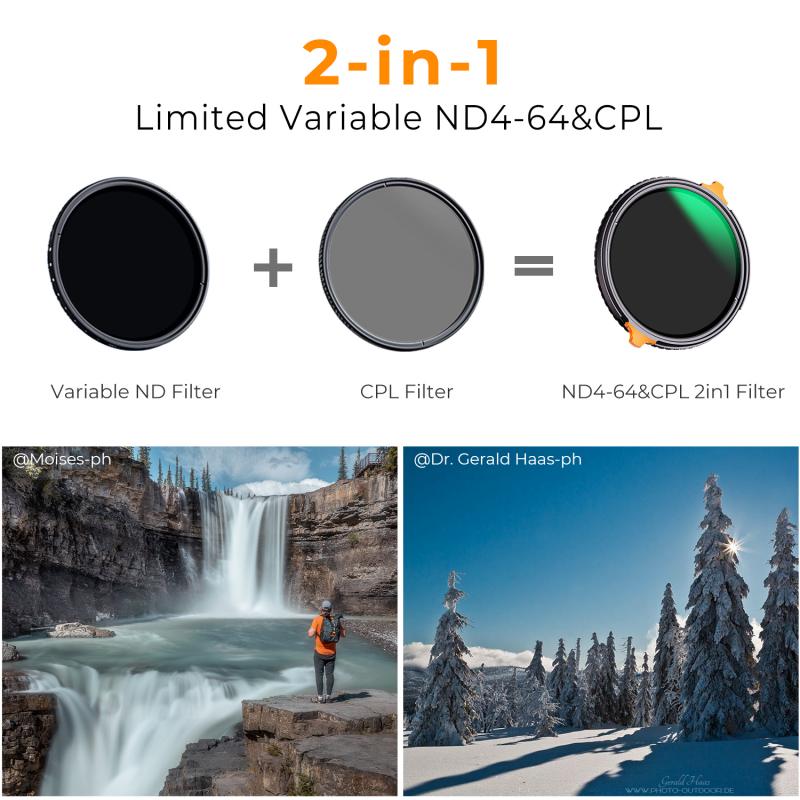
3、 Pool filter capacity: Determining the square footage for efficient filtration.
Determining the square footage of your pool filter is crucial for efficient filtration and maintaining the cleanliness of your pool. The square footage of a pool filter refers to the surface area of the filter media, which is responsible for trapping and removing debris and contaminants from the water.
To calculate the square footage of your pool filter, you need to know the diameter or length and width of the filter. Most pool filters are either cartridge filters or sand filters. Cartridge filters typically have a cylindrical shape, while sand filters are usually round or rectangular.
For cartridge filters, you can calculate the square footage by using the formula: πr^2, where r is the radius of the filter. If you know the diameter, you can divide it by 2 to get the radius.
For sand filters, the square footage is determined by the surface area of the filter tank. If the filter is round, you can use the formula: πr^2, where r is the radius of the tank. If the filter is rectangular, you can multiply the length by the width to get the square footage.
It is important to note that the square footage of your pool filter directly affects its capacity to filter the water efficiently. A larger square footage means a larger surface area for filtration, allowing for better trapping and removal of debris and contaminants. This results in cleaner and clearer pool water.
In terms of the latest point of view, advancements in pool filter technology have led to the development of more efficient and effective filters. Manufacturers are constantly improving the design and materials used in filters to enhance their filtration capabilities. Additionally, some filters now come with multiple filter media layers or grids, further increasing their square footage and filtration efficiency.
In conclusion, determining the square footage of your pool filter is essential for efficient filtration. By knowing the square footage, you can ensure that your filter is adequately sized for your pool, resulting in cleaner and healthier water.

4、 Pool filter sizing: Matching the square footage to pool volume.
Pool filter sizing is an important consideration when it comes to maintaining the cleanliness and clarity of your pool water. The square footage of your pool filter is directly related to the volume of your pool, as it determines the filter's capacity to effectively remove debris and contaminants.
To determine the square footage of your pool filter, you need to consider the size and volume of your pool. The general rule of thumb is that for every 10,000 gallons of pool water, you should have 1 square foot of filter area. This means that if you have a 20,000-gallon pool, you would ideally need a pool filter with a minimum of 2 square feet of filter area.
However, it's important to note that this is just a general guideline and there are other factors that can affect the sizing of your pool filter. For example, if your pool is heavily used or surrounded by trees or other debris, you may need a larger filter to accommodate the increased amount of dirt and debris.
Additionally, the type of filter you choose can also impact the sizing. There are three main types of pool filters: sand filters, cartridge filters, and diatomaceous earth (DE) filters. Each type has its own recommended square footage based on the pool volume.
In conclusion, determining the square footage of your pool filter is crucial for maintaining clean and clear pool water. It is recommended to follow the general guideline of 1 square foot of filter area for every 10,000 gallons of pool water, but other factors such as pool usage and surrounding debris should also be taken into consideration.

